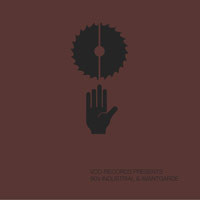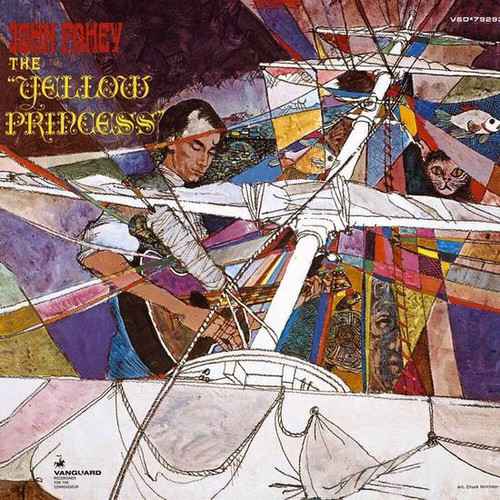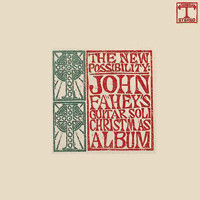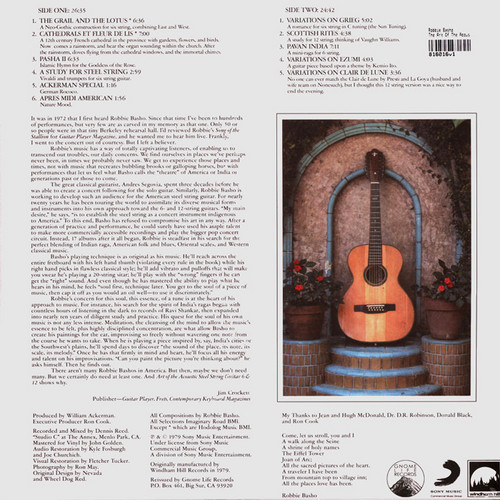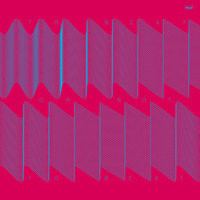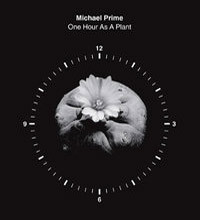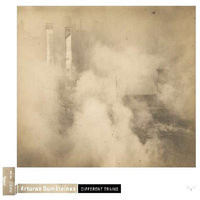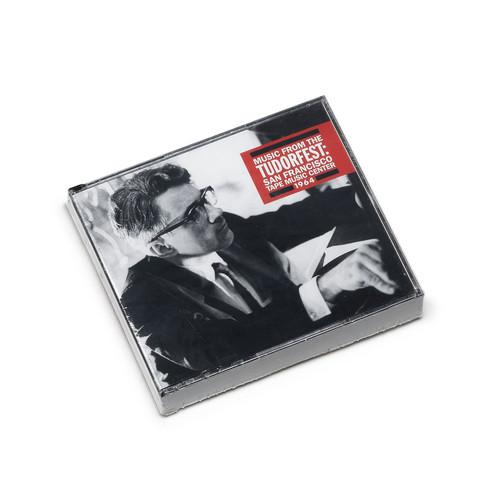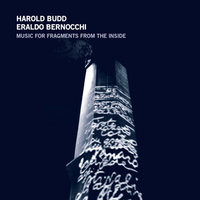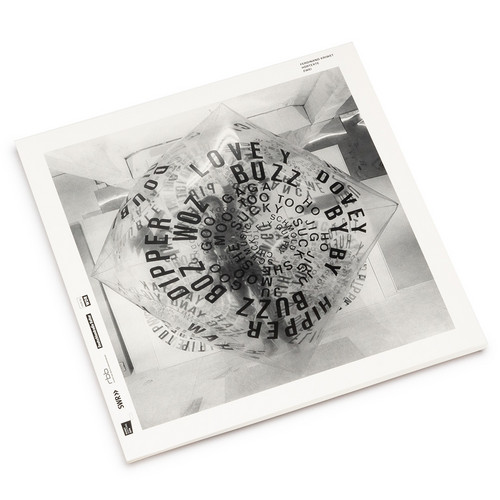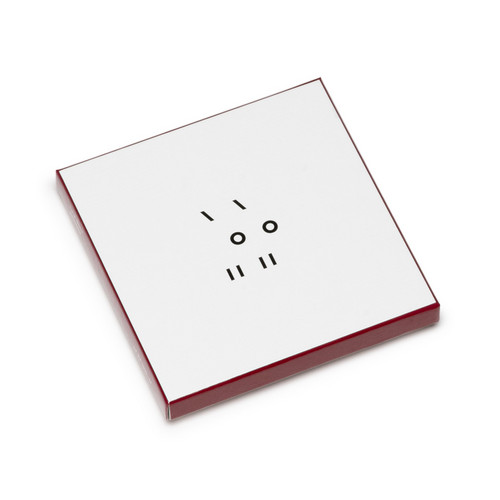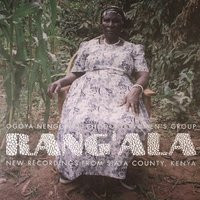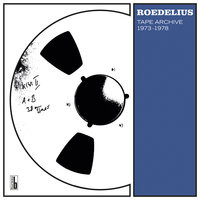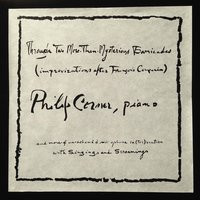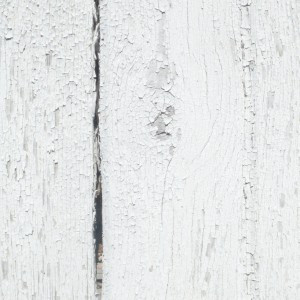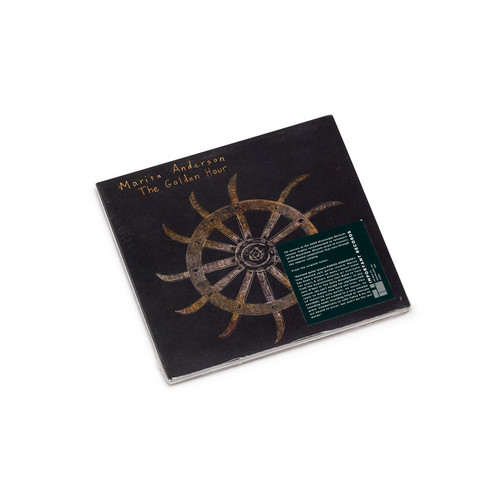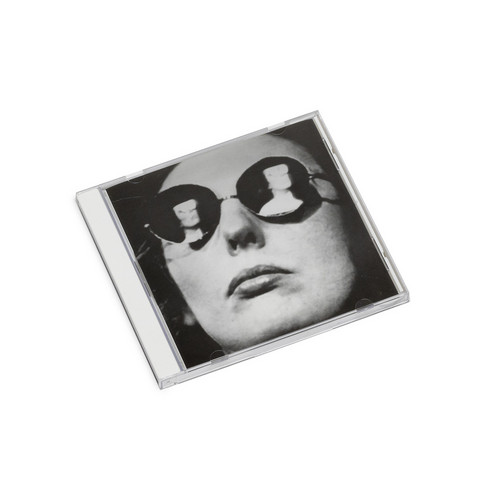Reissues
VOD presents 80's Industrial & Avantgarde
Another outstanding and massive 13 x LP Box Set (weighing over 5kg!) of all the Vinyl on Demand releases housed inside an embossed and truly deluxe box, compiling Vinyl-On-Demand's latest batch of eight albums. Crucial collection in what will be a must-have industrial/avantgarde series from the indispensible Vinyl-On-Demand camp.
VOD132.1/2 The Death & Beauty Foundation Recordings 1981-84 (2Lp)VOD132.3 Silverstar Amoeba Recordings 1983-85 (1Lp/7inch)VOD132.4 Counter Dance Recordings 1979-81 (1L…
The Yellow Princess
Re-mastered from the original analogue master tapes, pressed on 180 gram . Remastered edition, ultralimited and, unfortunately, pricey/ originally released in either 1968 or 1969 depending on your sources, The Yellow Princess saw a post-philosophy degree, subculture-aware John Fahey branching out from his earlier, more traditional work. He earned his name back in 1959 at the age of 20, with his Blind Joe Death debut album. Following that album Fahey engaged in a wide stylistic range, from Appala…
Christmas Soli
LP version. Remastered edition: John Fahey has made a habit of recording a new album of Christmas music every five or six years, but The New Possibility, which was originally released in 1968, is still his best. One of the best and most influential acoustic guitarists of his generation, John Fahey's music fused past and present, borrowing from the traditions of blues and folk music and filtering them through a modern musical viewpoint. Some of Fahey's most striking (and most popular) work appear…
Art of the Acoustic Steel String Guitar 6 & 12
Mindblowing!!!!!! Originally released in 1979, "Art of the Acoustic Steel String Guitar 6 & 12" was Robbie Basho's 15th record, and his magnum opus of solo guitar. It is the culmination of his life's effort to usher guitar music into a new artistic paradigm, and to "establish the steel string as a concert instrument indigenous to America."This album represents Basho’s most technically fine guitar work. In both composition and performance, the album is enormously complex and yet conveys an effort…
Eternal Rhythm
2016 repress. Gatefold exact repro reissue of Don Cherry's classic Eternal Rhythm Group, recorded at the Berlin Jazz Festival, 1968. An amazing line up of: Cherry (cornet, gender and saron [gamelan], flutes), Albert Mangelsdorff (trombone), Eje Thelin (trombone), Bernt Rosengren (tenor sax, oboe, clarinet, flute), Sonny Sharrock (guitar), Karl Berger (vibes, piano, gender), Joachim Kühn (piano, prepared piano), Arild Andersen (bass), & Jacques Thollot (drums, saron, gong, bells, voice). T…
To Beat Or Not To Beat
Special double set of COH's To Beat album (released previously as CD) featuring exclusive remixes by Matmos, JG Thirlwell, John Parish, Ryuchi Sakamoto, and Drew McDowall. Vinyl-only. No digital. Original To Beat notes: Picking up right where the last track on the previous COH release RETRO-2038 (EMEGO 172CD/LP) left off, the new album is focused on the use of beats within the similar aesthetics. While most of the previous COH records openly shy away from accentuated beat structures and inste…
Home Handover
2025 stock ** "In 2010, Jean-Luc Guionnet and Éric La Casa were invited by Arika to the Uninstal festival in Glasgow (Scotland) to carry out a series of recordings with some inhabitants of this city, in their home spaces. Based on predefined rules, including the single-sequence shot as a recording method, these people became the actors in a story about their everyday life. Guionnet and La Casa considered this work as a composition under the form of a score with four phases."
One Hour As A Plant
All of the sounds used in this composition were produced by recording the bioelectrical field of a specimen of the Peyote cactus (Lophophora williamsii). A fascinating work that takes the listener into normally unheard realms. One Hour As A Plant was composed in 2003 for Ben Green's Resonance FM program called "One Hour As...". In 2005, Michael released a slightly shorter version (57:57 versus 61:02) himself on CDR under the title "One Hour As Peyote". After closely listening to both "OHAPlant"…
Different Trains
The album is a collection of works of Arturas Bumsteinas inspired by Central European cultural landscape (soundscape). It includes radio play "Wielka improwizacja" commisioned by Bôlt Records. "Wielka improwizacja" is based on the monologue from the 3rd part of the poetic drama "Dziady (Forefather's Eve)" by Adam Mickiewicz and the archival recording of its reading done by the Polish poet Miron Biaoszewski. Most parts of this composition were recorded in and around the site of the Basilian…
Lost & Found Volume V: The Jazz Library Records
Dead stock of some ultrarare original editions of four jazz/easy listening Umiliani albums. Nearly impossible to find at reasonable prices, with this boxset you can get them all in a special and beautiful hand-screened box made especially for this occasion. After the four previous sold-out volumes, we are glad to announce the “Piero Umiliani - Lost & Found Volume V: The Jazz Library Records”. Some gorgeous Jazzy tunes from the mighty Piero Umiliani, plenty of trumpet and tenor lines throughout t…
Music from the Tudorfest: San Francisco Tape Music Center, 1964
In the spring of 1964 Pauline Oliveros organized a festival celebrating the work of pianist David Tudor, which featured compositions by Oliveros, George Brecht, Toshi Ichiyanagi, Alvin Lucier, and John Cage. The Tudorfest was a watershed event in the brief history of the San Francisco Tape Music Center, which not only provided its members with an opportunity to collaborate with Tudor, but also to promote their own work. Co-sponsored by KPFA, the Tudorfest demonstrated the artistic diversi…
Music for Fragments from the Inside
A "classic" from the Sub Rosa catalog, never released on vinyl before. An astonishing piano-player drifts on beats and soundscapes. Recorded during a magical night in the courtyard of a Siena Renaissance Italian Palazzio where the lightness of Harold Budd meets Eraldo Bernocchi's deep electronics. Beats and bass, drones and soundscapes tie together harmonically to meet one of the most emotionally-involving piano players/composers.
Hortexte Zwei
A precious double picture disc LP and booklet of radio plays (Horspiele) from sound artist and poet Ferdinand Kriwet, presenting 6 works including Hortext I, and Rotoradios I & II. Ferdinand Kriwet (b. 1942, Dusseldorf, Germany) is a German visual and audio artist who has produced films and sound works for radio and television, in particular throughout the 1960s and 1970s. As a sound artist, Kriwet is more known for his Horspiele (radioplays) series named Hörtexte (Radiotexts) produced for G…
Seguente
Re-release of ed. RZ LP Luigi Nono plus three remarkable recordings. All works by Luigi Nono: ("A Carlo Scarpa" for large orchestra), ("A Pierre" for contrabass flute, contrabass clarinet and live electronics), ("Guia Al Gelidi Mostri" for electronically treated winds, voices and strings). Plus an additional CD of compositions not on the original LP: "Caminantes" and "No hay caminos, hay que caminar." Regarding Nono's concept of "new listenings": "This no longer means revolutionizing the e…
Rang'ala
Open-hearted, fresh, lovely, bumptious recordings of women’s singing, from Rang’ala village in southwest Kenya. ‘Dodo’ is a type of traditional Luo music mostly used for entertainment at weddings, drinking parties and wrestling festivals. Songs in praise of the happy couple, the hardest drinkers and the best wrestlers. Ogoya Nengo was born in 1943. Her vocal abilities were discovered when she was herding cattle, as she never attended school, though nowadays her professional name signals bot…
Tape Archive 1973-1978
MILESTONE! Bureau B releases a limited 3LP box set to celebrate Hans-Joachim Roedelius' 80th birthday. During the legendary Forst years, Roedelius had a private workspace with a Farfisa organ, a Revox-A77 tape machine, an echo device and a synthesizer which he borrowed from the Cluster studio next door, now and again. Here he experimented, practiced, and allowed his imagination to flow at any hour of the day or night, whenever he was not in the studio with Dieter Moebius and/or Michael Rot…
Through Two More-Than-Mysterious Barricades
“Les Barricades Mistérieuses,” the harpsichord gem by French Baroque composer François Couperin, has been a long-running source of exploration for Fluxus musician Philip Corner, who for years has used it as a jumping-off point for piano improvisations. Through Two More-Than-Mysterious Barricades comprises two very different takes on the same piece. The first dates from 1992, in collaboration with dancer Paulette Sears (who provides the ‘singings and screamings’ of the album’s subtitle); it moves…
Forms Of Forgetting
Forms of Forgetting is a studio construction investigating memory/forgetting and attention/inattention as catalysts for formal development in long-duration sound work. An extension of Seth Cluett’s gallery-based practice and created out of a sequence of materials developed for performance, the piece is the culmination of two years of in-situ live experimentation. Part site-specific performance, part modular, mobile form, this work employs techniques that aim to explore the fallibility of …
The Golden Hour
Portland guitar wizard Marisa Anderson's long-awaited solo guitar record. Marisa has been a fixture on many a music scene for years and years, playing with everyone from the Evolutionary Jass Band to Tara Jane O'Neil to The Dolly Ranchers. In any context, she can't escape her rag/blues/folk roots, no matter how hard she tries. On this LP featuring only guitar, no vocals, no overdubs, we are treated to a very intimate-sounding home recording filled with delicate grace. Comparisons to John F…
The Long Hot Summer/Interview Oct. 1969 /Waiting for Commercials
This CD restores three documents from the Charlotte Moorman canon. One happy example is a choral work performed on the 3rd of September 1964, during the second New York Avant Garde Festival, a performance of Jackson Mac Low's composition "The Long Hot Summer." This very relevant concert, distinguished by a marked ethico-political intonation and valence, sees in an exceptional reunion the names of Charlotte Moorman, Nam June Paik, Benjamin Patterson, Philip Corner, and Malcolm Goldstein, as well …
